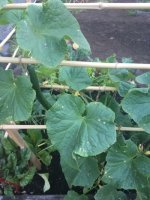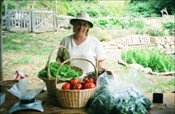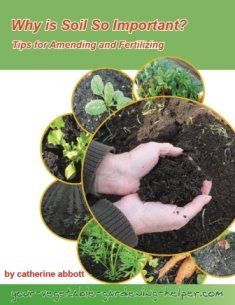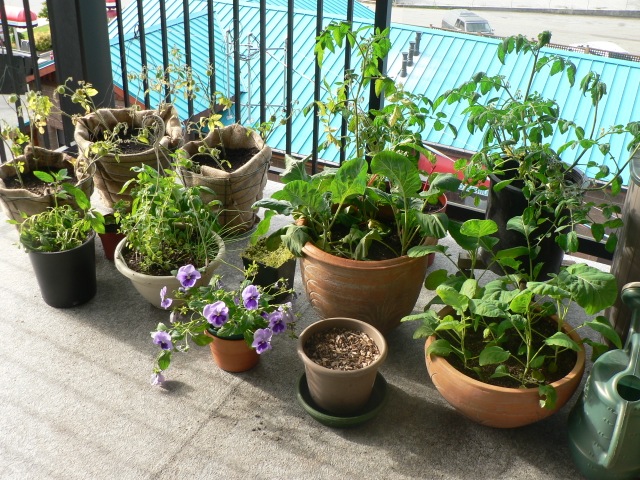Potatoes
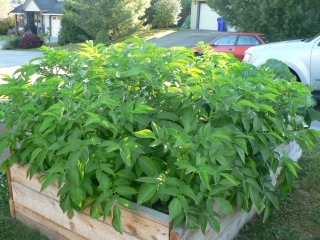
Potatoes are one of the most used vegetables around the world. This vegetable is grown from stem cuttings called seed pieces or seed eyes. They are really a potato that contains a couple of eyes where the new growth sprouts from.
This vegetable takes up a lot of space for the amount of harvest you will get, so if you want to have enough to store for the winter you will need a large plot.
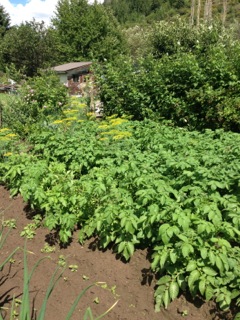
Botanical Family - Solanaceae/Nightshade Family
Location - Sunny, well drained, moist. Thrive in mild, cloudy weather.
Soil - Fertile, garden soils preferably a sandy loam with pH 6.0-6.8. Thrive in slightly acidic soil , too alkaline soil produce scab.
Soil Preparation - Dig in a few inches of compost or aged manure in the fall. After emergence and before flowering blossom, spray with compost tea ; spray in the morning when it is cool and dew is lingering.
Info for planting potatoes:
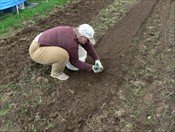
Seed Info
- Seed Spacing - 12 inches apart; 6-12 inches deep
- Days to Maturity - 40-60 days
Planting Times - Sow direct mid April
Planting Instruction - Made a trench 8-10 inches deep with the edge of a hoe, add layer of compost, then lay the seed piece (should have 3 eyes to each piece) at the bottom. Fill in the trench with soil, covering the seed piece.
Companion Planting
- Positive effects: bean, cabbage, corn, lettuce, onion, marigold, radish
- Negative effects: apple, pumpkin, tomato
Watering - Regular watering from emergence to blossom; after blossom less water is needed; usually rainfall is adequate when using mulch. Keep moist if weather is extremely hot and dry.
Weeding - Keep weeded while plants are small.
Disease & Insects -
- Colorado beetle - check for small yellow eggs in cluster on underside of leaves, pick them off and smash.
- Scab will form on the roots it the soil is too alkaline.
- Wire worm.
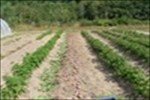
Harvest - If soil is moist let your harvest air dry.
- Early harvest: the flowering blossom is a sign they are ready.
- Late harvest: vine should be dead for 2 weeks. Harvest in the morning when it is cool and dry.

Storage - Store potatoes unwashed in a cool dark place, not in the refrigerator. Do not store in plastic bags for longer than a few days.
If you have a large harvest, properly stored they will keep for several months. Store in a dark area in burlap sacks or slotted crates that are not stacked. I
f it is too warm they will sprout and shrink; if it is too cold they will taste sweet; exposed to light they will turn green; if they are black in center they cannot breathe.
Recent Articles
-
Vegetable Gardening Frustrations: Lessons for a Better Harvest
Oct 29, 24 07:37 PM
Every vegetable gardener knows that while the rewards are sweet, the vegetable gardening frustrations can be a bit bitter. -
Small Space Vegetable Gardening
Sep 23, 24 05:06 PM
Small Space Vegetable Gardening - Tips for growing vegetables in small spaces. -
Why Fall Gardening?
Aug 16, 24 12:24 PM
Fall Gardening: A guide to a Bountiful Harvest.
